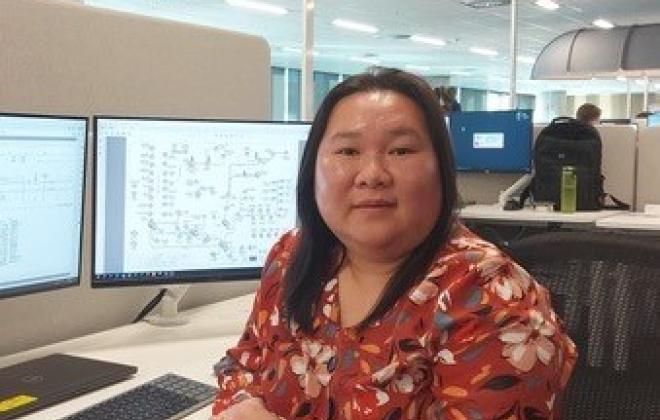Manager, Passenger Information (Information Communication Technology)
Background: Telecommunications Engineer
"I enjoy what I do. Every day is different. As a Telecommunications Engineer I’m required to be creative, to think outside the box. We have a group of lovely people working together.
We cultivate relationships between internal and external stakeholders to make sure everyone is working towards the same goal. We review reports by the service operators and, as part of the departmental compliance requirement, we perform a yearly audit across the service operators.
I started my engineering study back in my hometown, in Malaysia. I studied at college in Sarawak for two years. Then I transferred to the University of SA and did my last two years there. I didn’t intend to work in the railways, at that stage I didn’t know what rolling stock was. I thought I would give it a try. That was in 2009, I’ve been in rail ever since.
At the South Australia Public Transport Authority, Telecommunications Engineers are responsible for radio communications across the modes. Communication between the train driver and network control is essential. It enables drivers to maintain regulator accreditation.
One of my projects at Adelaide’s central railway station required an investigation into how the legacy systems worked. I found a set of drawings that were 30, maybe 40 years old. Looking at the drawings gave me an appreciation of how things have changed.
In an attempt to streamline the passenger experience, we’re working towards unifying the Passenger Information Systems across all modes. The systems are driven by various legacy systems. The challenge is to make sure the legacy systems are integrated into the systems that we’re trying to introduce. This ensures continuous operation of the systems.
With the advancement of technology and the development of AI features, we’re working toward systems automation. The more automation of systems, the better."
To find out more about how to become a Telecommunications Engineer check out our training pathways.

